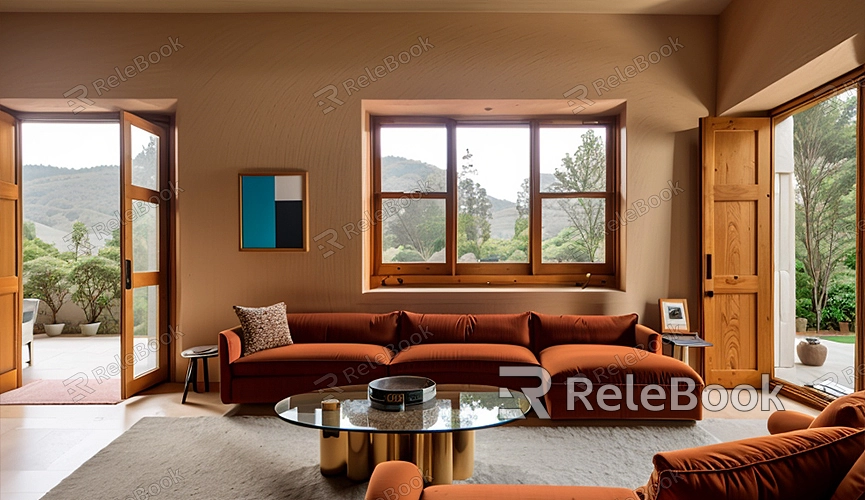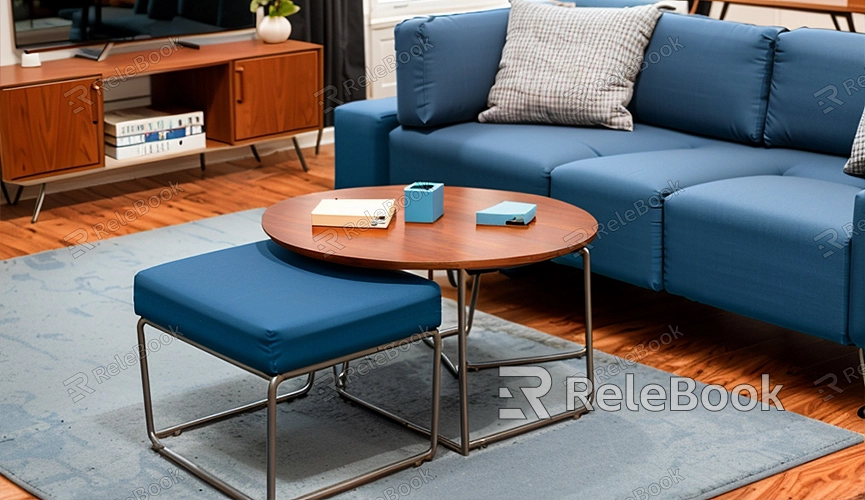How to rotate 3d model in autocad
When using AutoCAD for 3D modeling, rotating a 3D model is a common and important operation. Whether you are working on detailed designs or simple sketches, mastering how to rotate your model can help you better view and adjust different parts of it. This article will provide a detailed guide on how to rotate a 3D model in AutoCAD, including basic operations, advanced techniques, and solutions to common issues.
Basic Operation Steps

The basic steps for rotating a 3D model are relatively straightforward. First, ensure that your 3D model is open in AutoCAD. Then follow these steps:
- Select the Rotate Tool: In the AutoCAD toolbar, locate and select the “Rotate” tool. If you're using the English version, this tool is usually labeled as “Rotate.” You can also quickly access this function by typing the command “ROTATE.”
- Select the Model: Click on the 3D model you want to rotate with your mouse. You can select the entire model or just a part of it, depending on which area you need to rotate.
- Specify the Base Point: The rotate tool will prompt you to specify a base point. This point serves as the center of rotation. Click on a point on the model to define the rotation base.
- Set the Rotation Angle: After selecting the base point, you can adjust the rotation angle by entering a specific value or dragging the mouse. You can input an exact angle (e.g., 90 degrees) or achieve the desired rotation by dragging with the mouse.
Advanced Techniques
Building on the basic operations, mastering some advanced techniques can give you more flexibility when working with your 3D models:
- Use View Tools: Switching to different view modes while rotating a 3D model can help you adjust angles more effectively. For instance, using “Front View,” “Side View,” or “Top View” can help you precisely control the rotation effect. These views allow you to check the model's rotation from multiple angles.
- Apply Coordinate Systems: If the model rotates unexpectedly, you may need to adjust the coordinate system. Use the “Coordinate System” tool (labeled as “UCS” in the English version) to change the direction of the axes and ensure accurate rotation. This is especially useful for complex models.
- Utilize the View Cube: AutoCAD provides a View Cube that helps you precisely control your perspective in 3D space. Click on different faces of the View Cube to quickly switch perspectives and adjust the model’s display angle.
Common Issues and Solutions

While rotating a 3D model, you may encounter some common issues. Here are solutions to a few of these problems:
- Inaccurate Rotation: If the rotation angle does not match your expectations, check if you are operating in the correct view. Switch to a front, top, or side view to ensure the accuracy of the rotation operation. Also, confirm that the correct rotation base point is selected.
- Rotate Tool Not Responding: If the “Rotate” tool is not functioning properly, check if you are in the right operating mode. Make sure you have selected the correct model and that it is active. Restarting AutoCAD might help resolve the issue.
- Model Distortion: If the model becomes distorted during rotation, check if other transformation operations are affecting it. Use the “Undo” function to return to the previous step and try the rotation again.
Rotating a 3D model in AutoCAD is a crucial operation, and mastering both basic and advanced techniques can help you complete your design tasks more efficiently. Understanding each step and technique, from selecting the rotate tool to adjusting view angles, can enhance your productivity.
If you need high-quality 3D textures and HDRIs while creating models and virtual scenes, you can download them for free from [Relebook](https://textures.relebook.com/). For beautiful 3D models, check out [Relebook](https://3dmodels.relebook.com/), which offers a wide range of premium 3D resources. I hope these tips help you successfully rotate your 3D models and improve the quality of your projects.

